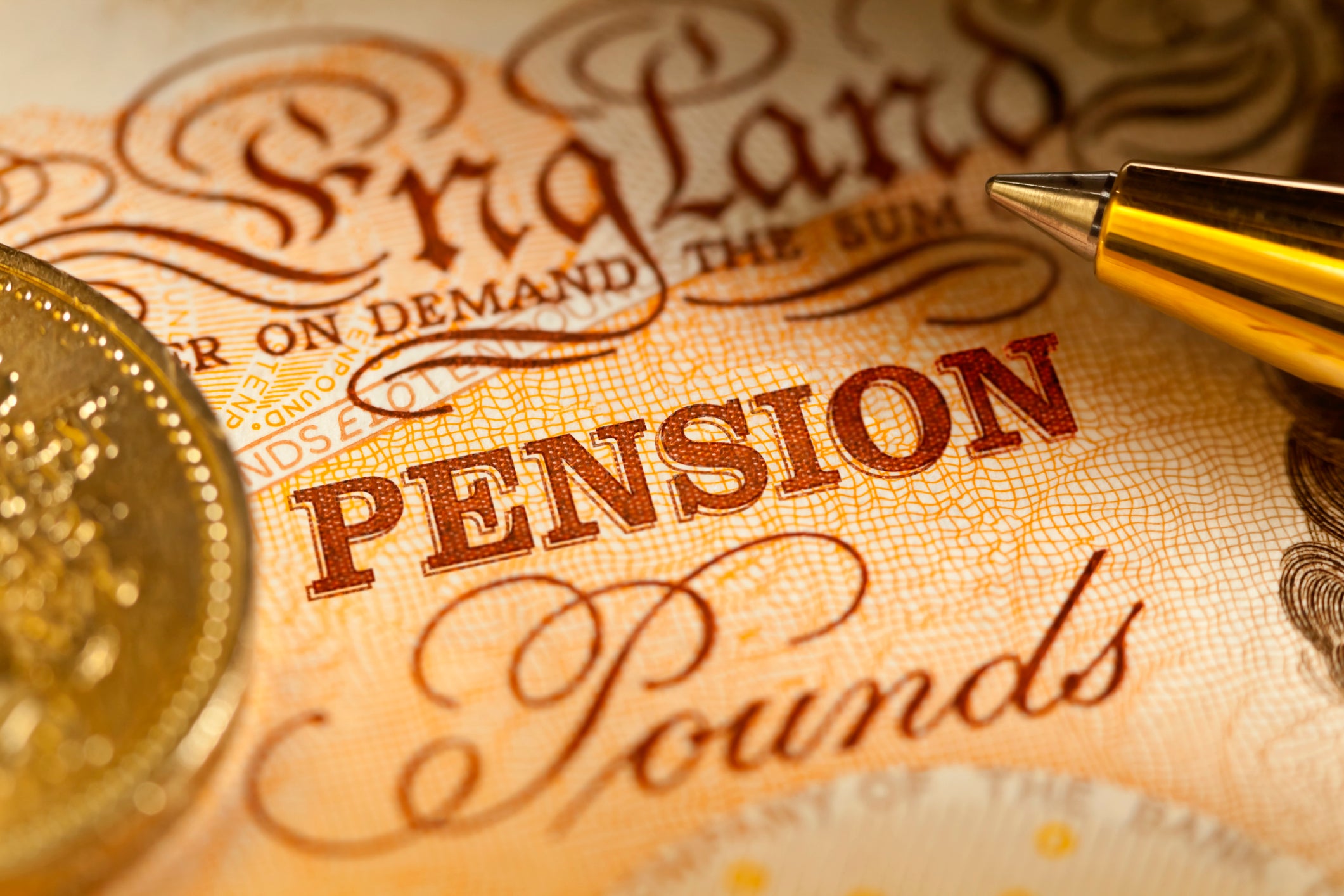Imagine achieving your retirement dreams and becoming a Self-Invested Personal Pension (SIPP) millionaire. It’s a great goal, but is it really achievable for everyday pension investors?
According to ONS data, there are currently around 1.1m pension millionaires in the UK, with 46,000 having a staggering £3m or more - and many started out small.
Using a SIPP to build pension wealth could be a great option if you want to supplement your workplace pension. A SIPP is a type of personal pension that allows you to choose your own investments and offers a wide range of investing options.
Here, we reveal how much you need to save to become a pension millionaire by the time you reach retirement.
1. Start early
Building wealth takes time, so it’s no surprise that the younger you start, the easier it is to become a SIPP millionaire.
We’re living through volatile times, but investors can take heart because historically, stock markets significantly outperform cash over time. The longer you have to invest, the more time your investments have to grow. The magic of investment compounding can help your wealth to snowball, meaning that later growth builds on previous growth.
The table below from Fidelity shows how much you need to save and invest in your pension monthly to reach £1m by the time you reach age 65. The figures assume a 4.5 per cent investment growth annually and that you increase your contributions by two per cent each year in line with inflation.
Age you start contributing |
25 |
35 |
45 |
55 |
Monthly pension starting contribution |
£551 |
£1035 |
£2174 |
£6060 |
Ed Monk, Associate Director at Fidelity says, “Building a £1m pot of investments will clearly be tough for most of us, but the value of a target like that is that you can still achieve great things just by attempting to hit it. The numbers show the value of starting your saving and investing early.
“The amounts required each month to hit £1m by age 65 rapidly increase as the starting age is delayed, because contributions have fewer years to benefit from investment growth. It’s a lesson in why it can be a mistake to put off your investing until later in life.”
2. Invest smart
Getting smart with your investing will give you the best chance to maximise your returns, and make it easier to build significant wealth over time.
Monk comments, “For those for whom retirement is still a long way off - at least 10 years - it can make sense to invest SIPP money entirely in shares, where long-term returns have historically be better but with extra volatility along the way. If investments do fall in the short term there is time for them to recover, while any new contributions you make will buy more assets at lower prices.”
What has happened in stock markets over the past week is a good case in point.
“By picking a fund that invests globally, you will be buying assets from many different regions of the world, reducing the risk that trouble in one market means your whole portfolio suffers,” Mr Monk added. “A simple, low-cost way to do that is through a global index tracking fund, like the Legal & General Global Equity Index Fund, which gives exposure to markets across the globe for just 0.13 per cent.”
.jpeg)
He explains that those who are closer to retirement might want to consider a lower risk option like bonds and cash funds.
“If you envisage using all your money to buy an annuity within five years, for example, it’s best to play it safe with only a minimal exposure to shares. Those hoping to leave their money invested after they retire may want to hold a slightly higher weighting to stock markets - about 20 per cent is sometimes advised.
“For lower risk options, the Colchester Global Bond Fund is an active fund giving exposure to government bonds that can act as a diversifier from shares, while the Fidelity Cash Fund is a popular choice producing a cash-like return with little usual risk.”
3. Maximise tax relief
Using a pension to build wealth is a great way to maximise your returns, and making the most of tax relief might help you save even more.
Tax relief is especially generous for higher tax taxpayers who save £40 tax for every £100 they pay into their pension, while basic rate taxpayers save £80 on a £100 pension contribution.

But it’s possible to lose out on tax relief, because you won’t always get everything owed automatically. Higher rate taxpayers only get 20 per cent tax relief paid automatically into a SIPP and need to claim the remaining 20 per cent through their tax return.
Mr Monk says it’s important to take maximum advantage of tax-breaks on your investing where you can. He comments, “If saving for retirement, the value that can be added from tax-relief is sizeable and could add up to many tens of thousands of extra pensions savings by the time you retire”.
When investing, your capital is at risk and you may get back less than invested. Past performance doesn’t guarantee future results.
The best bank debit cards to use for spending abroad in 2025
Do I need to pay car tax? New rules and rates for 2025 as EVs included for first time
What is happening in the financial markets and what does it mean for me?
Martin Lewis reveals how to get £50,000 state pension top-up after HMRC error
Nationwide reveals when to expect 2025 bonus payment
Nationwide receives ‘advanced’ mental health accessibility rating from charity







